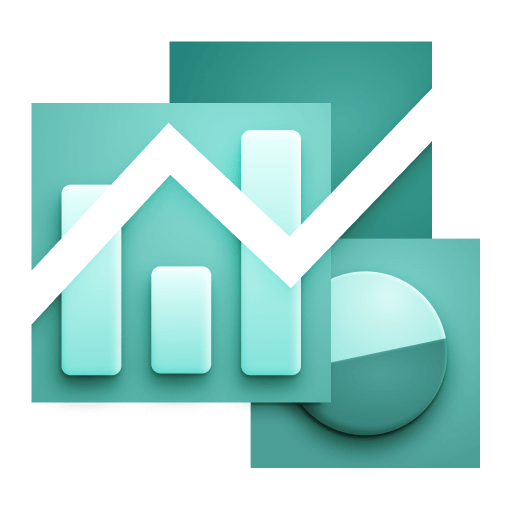Add data to a dashboard
- Latest Dynatrace
- How-to guide
- 10-min read
This page describes how to add data with a Grail query, and how to specify a custom timeframe and a segment.
The fastest and easiest way to explore your data is with our new Explore tiles and sections. In a few seconds, you can find and analyze your logs, metrics, or business events. No DQL required!
Add data
To Query Grail
-
In the upper-right of the dashboard, select Add > DQL.
Keyboard shortcut: Shift+D

A configuration side panel opens on the right to display two tabs:
- Data
- Visual
-
On the Data tab, use the Dynatrace Query Language (DQL) to define your query.
-
Select Run to execute the query.
-
On the Visual tab, choose a visualization format for your results.
- means the visualization type is unavailable for your query.
-
Under the Visualization selector, expand the options sections to adjust visualization settings as needed.
-
Close the side panel when you're done.
If you want to return to these settings, select your tile to display them.
Specify a custom timeframe
To specify a custom timeframe in a dashboard tile
-
Edit the tile.
-
In the edit panel, turn on Custom timeframe.
-
Select the timeframe to apply to the selected tile.
This timeframe overrides the dashboard timeframe set in the upper-right corner of the dashboard. Using this method, a dashboard can have multiple tiles, where each tile has its own timeframe.
You can also specify a custom timeframe in a data tile's DQL query. If you use this method (with a timeframe specified in the query), the above UI setting is disabled and the timeframe specified in the query is used.
Example timeframe specification in DQL:
fetch [recordtype], from:now() - 2h| ....
For details on specifying a timeframe in DQL, see Specify timeframe in the DQL documentation.
Select segments
To filter data, you can specify segments at two levels: dashboard and tile. Tile-level segment selections override dashboard-level segment selections.
Should I use segments or variables?
Segments
Use segments when you want to reuse them across dashboards. For example, use segments for recurring filters such as for your Kubernetes clusters, namespaces, workloads, or pods. Segments automatically apply on top of the queries of your tiles/sections, so you don’t need to reference them within.
Variables
If you need more control over how a filter is applied, however, you might want to use variables.
- Variables allow you to fully control the underlying query or within your Explore section or tile, determining where and how they are applied. For example, you can specify how they connect with other filters applied (AND, OR) and you can control which operator is used for your filter (such as
equals,contains,startsWith, andendsWith). - Additionally, use variables when you need fine-grained control over how filters are interdependent.
- For details on segments, see Segments
- For a
 Dashboards-specific segments use case, see Analyze monitoring data with segments
Dashboards-specific segments use case, see Analyze monitoring data with segments
To select tile-level segments
-
Display the dashboard.
-
Select the tile and then select in the tile controls to edit the tile.
-
In the edit panel, turn on Custom segments.
-
In the Custom segments list, select a segment.
If the segment requires an additional value selection, select it now. -
To add another segment, select Segment. Repeat this step for each segment you want to add for the selected tile.
-
Select Apply to apply the selection and filter data on the tile.
- The segment selector now displays the name of the selected segment or, if you select more than one segment, the number of selected segments.
- To change your segment selection, select again, make your changes, and select Apply.
- To manage segments in general (list, create, view, edit, delete), select and then select the Manage segments link.
Data example 1
fetch logs| summarize loglines = count(), by:{`1m interval` = bin(timestamp, 1m), status}
Data example 2
Create two variables
In case you haven't created a variable yet, first see Add a variable to a dashboard.
-
Select Add variable and define the first variable.
- Name:
Hosts - Type:
Query - Query:
fetch logs| summarize count(), by:{`dt.entity.host`}| limit 100| sort `count()`, direction:"descending"| fields `dt.entity.host`
- Multi-select: turned on
- Name:
-
Select Add variable and define the second variable.
- Name:
Loglevel - Type:
Query - Query:
fetch logs, from:now() - 2h| summarize count(), by:{loglevel}| sort `count()`, direction:"descending"| fields loglevel
- Multi-select: turned on
- Name:
Add data
Now add data while referencing your previously created variables $LogLevel and $Hosts so that you can later use the variable filters on top of your dashboard to filter the tile according to your selections.
fetch logs| filter in (loglevel, {$Loglevel})| limit 10
Select Run query.